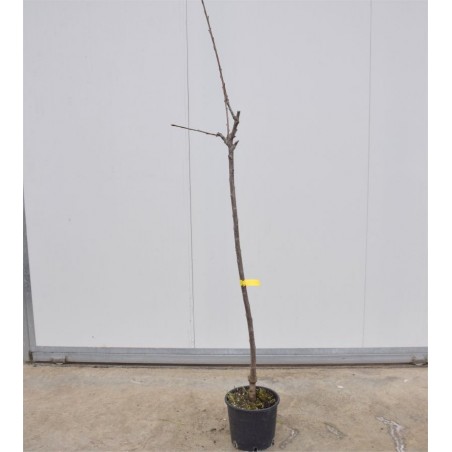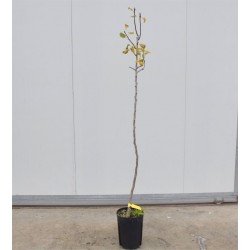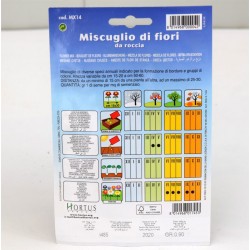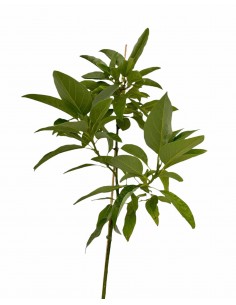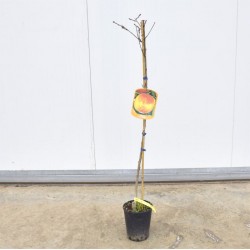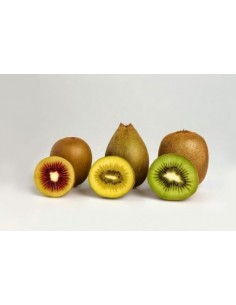Bigarreau Cherry Tree
Generalities :
Bigarreau Burlat cherry produces bright red pulp cherries. It reaches maturity in late May, early June.
- jar 16cm, height 120/160cm
- jar 22cm, height 150/170cm
Generalities:
The "bigarreau" cherry tree is called "bigarreautier" (corn), not "cerisier" (cherry). The fruit, medium-large in size, mostly has a heart-shaped profile, a bright red skin with flashes tending to brown and a crunchy, firm and sweet pulp. It is an excellent table fruit and has the particularity of resisting the cracking, of keeping well and enduring the transport to the retailer's counters without losing its firm consistency. The Pélissier corn is a variety created in 1886 and marketed starting from 1893 by the work of Auguste Pélisser, nurseryman of Châteaurenard (Bouches-du-Rhône). It is said to have been the result of accidental sowing. Depending on the cultivation areas, the fruit ripens between the end of May and the end of June. Bois (Les plantes alimentaires, 1927) describes it as "very beautiful and good fruit". The peel has a dark red color with lighter punctuation. The pulp is fine, blood red and very juicy. The plant, vigorous and with a straight trunk, blooms in mid-season, with a tendency to alternate.
Cultivation and Care:
Cherry trees are easy to grow, they don't fear frosts, even intense ones. They should be planted in a sunny place, since the absence of direct sunlight often causes the lack of flowers; for some varieties it is convenient to plant some plants nearby, so that the cross-pollination of the flowers guarantees good fruiting. The adult cherry specimens do not need watering, while the young trees, recently planted, require sporadic watering, which provide at least a couple of buckets of water during the hot and dry summer days. They strongly fear water stagnation, therefore let's plant the cherry trees in fresh and very well drained soil, avoiding to water them excessively. Pruning is generally practiced only in the first years of development of the plant, in order to give the crown a wide and well-ventilated shape; the adult specimens are not pruned, except in the case of broken branches or ruined by the winter cold or bad weather. For some varieties, however, it is important to periodically remove the basal suckers, which tend to develop rapidly, at the expense of the main plant and fruits. The fertilizations are done in autumn and at the end of winter, supplying the mature manure, to spread at the foot of the stem, or the slow release granular fertilizer, rich in nitrogen.

